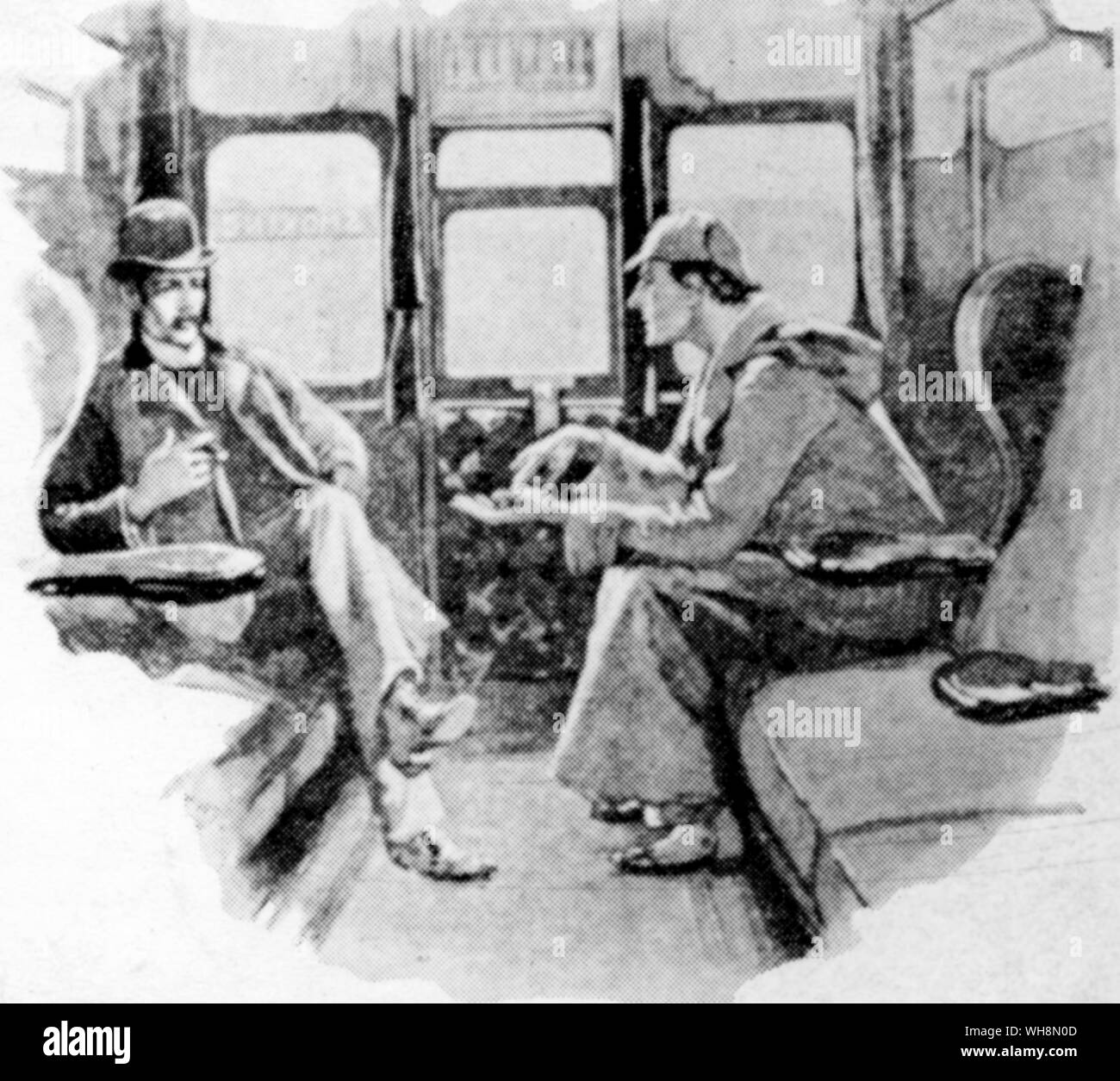At will?
Invulnerable?
No.
There was one PC that could fly through the Air, change his appearance at will, fall from 500' in the air and walk away, never fail on a skill check that was remotely possible, see in the dark without eyes, alter bad luck, shoot lightning from his swords, and fight Demi-gods and ancient Fire breathing dragons in melee combat, and win.
An amalgam of Daredevil, Gambit, Mystique, and Cyclops... who could also fly.
And that was the
non spell caster.
Now as for the spell casters...? Well, they could fly, teleport, create invulnerable barriers of force, walk through walls, take over the minds of other beings, bring the dead back to life, become immune to Hit Point damage, change shape freely, ask for (and receive) the intervention of a God, and alter reality with a word.
And that was just class features. Dont get me started with what they could do with their magic items.
Im telling you now, assuming standard Magic Item distribution, and a Campaign that reaches 20th level (and beyond) PCs rapidly reach levels of power approaching (and exceeding) Avengers level power.
They're street level Superheroes (Defenders) at like 5th level. By the time they're hitting 15th? They wouldnt look out of place standing next to Vision, Scarlet Witch, Iron Man and Spider man at all. Captain Marvel and Thor might be out of reach, but the PCs could take on and defeat the first lot of Avenger plebs from around 13th level onwards.



